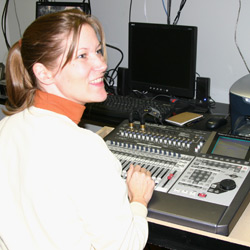RCAguy
Member
- Thread Starter
- #21
Gentlemen, I've enjoyed our conversation. However while citing a mgfr website and Wikipedia, none of it refers to the paper I introduced in the OP. No one has read the paper.
Well have you gotten my drift? I've agreed several times that subjective listening test - done properly (I've mentioned how) - is absolutely needed. And my paper is a first step: stating a hypothesis. I haven't proven it, but how would you know, you haven't read it. I get you loud & clear. AFAIK the only missing link is who's going to carry it through?I'm not quite convinced that you've got my argument right as intended. Last chance?
You measure a speaker and then calculate the subjectively perceived strength of the harmonic content. Like you did above as 3% technical equals 25% subjectively @80dB at-the-ear level but subjectively 10% @90dB at-the-ear level.
Much of data. Now, what are you going to do with that?
To what subjective impression would you relate it? You're decidedly after subjective impressions, aren't you?

